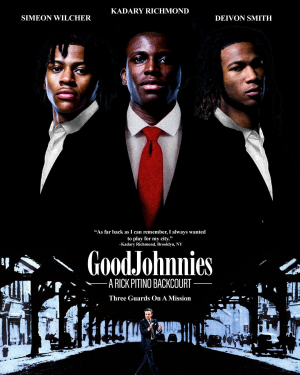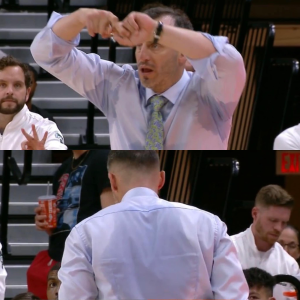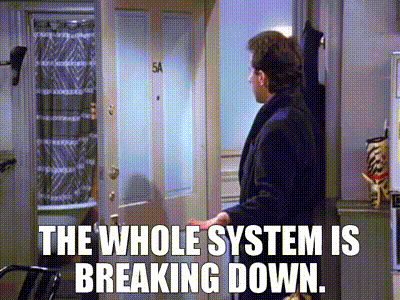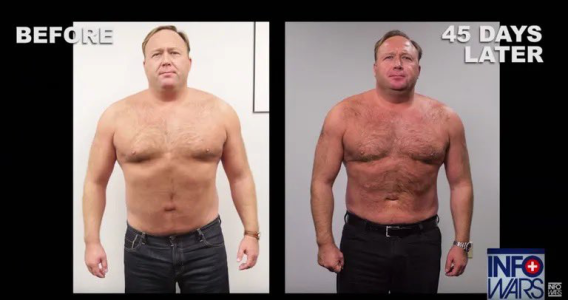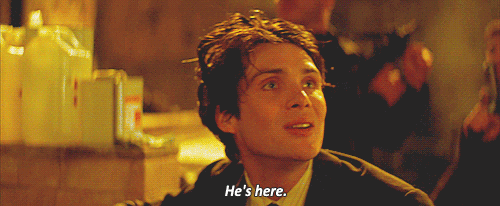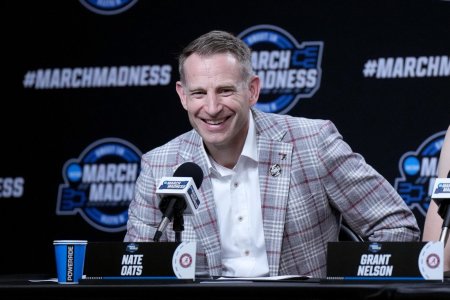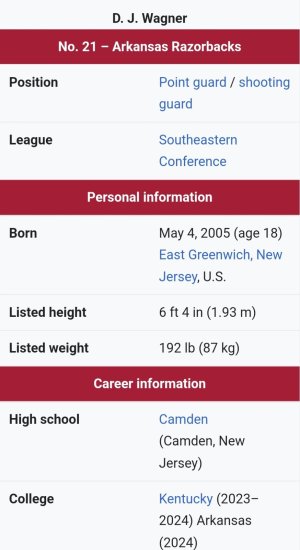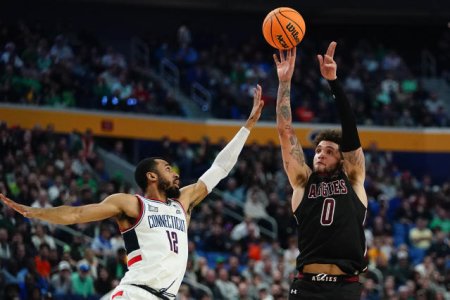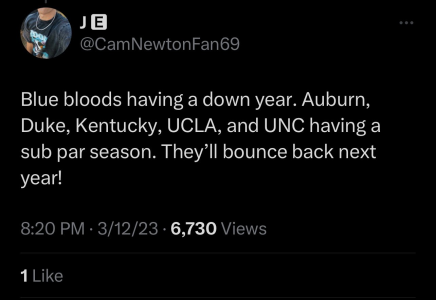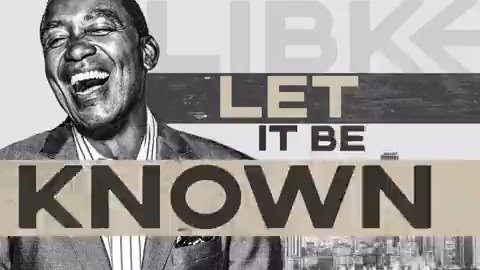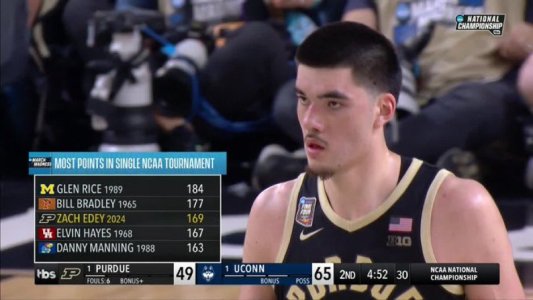After school on a recent afternoon, Allonzo Trier, a sixth grader in Federal Way, outside Seattle, came home and quickly changed into his workout gear — Nike high-tops, baggy basketball shorts and a sleeveless T-shirt that hung loosely on his 5-foot-5, 110-pound frame. Inside a small gymnasium near the entrance of his apartment complex, he got right to his practice routine, one he has maintained for the last four years, seven days a week. He began by dribbling a basketball around the perimeter of the court, weaving it around his back and through his legs. After a few minutes, he took a second basketball out of a mesh bag and dribbled both balls, crisscrossing them through his legs. It looked like showboating, Harlem Globetrotters kind of stuff, but the drills, which Trier discovered on the Internet, were based on the childhood workouts of Pete Maravich and have helped nurture his exquisite control of the ball in game settings — and, by extension, his burgeoning national reputation.
One of the Web sites that tracks young basketball prospects reports that Trier plays with “style and punch” and “handles the pill” — the ball — “like a yo-yo.” He is a darling of the so-called grass-roots basketball scene and a star on the A.A.U. circuit — which stands for Amateur Athletic Union but whose practices mock traditional definitions of amateurism.
All youth sports now operate on fast-forward. Just about any kid with some ability takes road trips with his or her team by the age of 12, flying on planes and staying in hotels. That used to happen, if at all, only after an athlete was skilled enough to play in college. Now it occurs in just about any sport organized enough to form into a league. But basketball operates at a level beyond other sports, and in recent years, the attention, benefits and temptations that fall on top high-school players have settled on an ever-younger group.
Trier has his own line of clothing emblazoned with his signature and personal motto: “When the lights come on, it’s time to perform.” His basketball socks, which also come gratis, are marked with either his nickname, Zo, or his area code, 206. He’s expecting a shipment of Under Armour gear soon, thanks to Brandon Jennings, last year’s top high-school point guard and now a highly paid pro in Italy. He is flown around the country by A.A.U. teams that want him to play for them in tournaments — and by basketball promoters who use him to add luster to their events. A lawyer in Seattle arranged for Trier’s private-school tuition and academic tutoring to be paid for by the charitable foundation of an
N.B.A. player, and the lawyer also procured free dental care for Trier.
Many of the top competitors in this month’s
N.C.A.A. basketball tournament, and most of the young N.B.A. players, have emerged from the culture that Trier inhabits. They made their reputations at all-star camps, where team play is hardly encouraged. To have any hope of establishing winning squads, college coaches must try to deprogram their young stars — but only after first flattering them and granting them scholarships.
Marcie Trier is a single mother who makes a modest salary as a social worker at a shelter for victims of domestic violence. The two-bedroom apartment she shares with her son is Section 8, federally subsidized housing. What accrues to Allonzo because of his basketball exploits leaves Marcie feeling dazzled, bewildered, seduced and wary. “They’re doing nice things for my son, things that he needs and I can’t afford,” she told me. “So how can I say no?” But she knows the reason for the largesse. “If his game falls off, they will kick him to the curb. That’s what makes me nervous, and I don’t want it to happen.”
Marcie, who is 33, said she has “obsessive tendencies, and I think Allonzo’s sort of the same way.” To ensure that his basketball skills will keep evolving and he won’t be cast aside, Trier practices obsessively. After about 10 minutes of ballhandling at the gym, he moved on to what makes up the bulk of his daily workout — shooting. He must make (not just try) 450 shots a day from various spots on the floor, beginning with short- and midrange attempts, then on to shots from beyond the three-point line. His mother, who works an early shift so she can get home for these sessions, does the rebounding and keeps the tally of made shots. When he misses two in a row, which rarely happens, she subtracts one from his total. Shots that bounce off or roll around the rim before going in are not counted, which was Allonzo’s idea a couple of years ago in response to his mother’s belief that he should strive to “control his own destiny.” He figured he should train to be a dead-eye shooter rather than one who hopes for some kind of luck.
As Allonzo practiced, Marcie, who was a gymnast and ballet dancer through her teens, wore a pink warm-up suit and flip flops, which clattered against the gym floor when one of his shots missed so badly that she had to chase it down. Mostly she just caught the ball after it came through the net and then quickly passed it back to him. The sound in the otherwise-quiet gym was rhythmic and mesmerizing — the repeated swish of the ball as it rippled through the net, followed by a smack when the return passes hit Allonzo’s hands. I could have closed my eyes and tallied the made shots just by listening.
At one point, after Allonzo uncharacteristically missed three of four, Marcie said, “Put more arc on it.” He made the correction and hit the next 11 in a row. Mother and son appear to be in almost perfect sync. She never has to push him to practice, and he does not have to convince her why basketball should be at the center of their lives. They rarely disagree or argue, but a continuing point of contention is that Allonzo wants to take instruction only from his coaches. “They know the game,” Marcie said, “but I see him shoot 3,000 shots a week, so I think I know his shot better than they do.”
Putting up so many shots is a hard workout, especially since Trier releases many of them on the move, after a couple of dribbles and a juke — as if he were trying to elude a defender. He stopped several times for short breaks and a few gulps of a sports drink. Each time, his mother rubbed an herbal ointment on his knees, which, not surprisingly, were aching.
But this was only the beginning of his basketball day. After he made his quota of shots, which took about 90 minutes, Marcie drove Allonzo to another gym nearby, where a local high-school coach who moonlights as a private basketball tutor put him through an hourlong workout that included more ballhandling and shooting, followed by a vigorous session of one-on-one play. (These workouts occur twice weekly.) From there, they drove about 20 minutes into downtown Seattle, where he practiced for another two hours with his A.A.U. team.



 you can't be serious...kid is stealing money from KU
you can't be serious...kid is stealing money from KU










